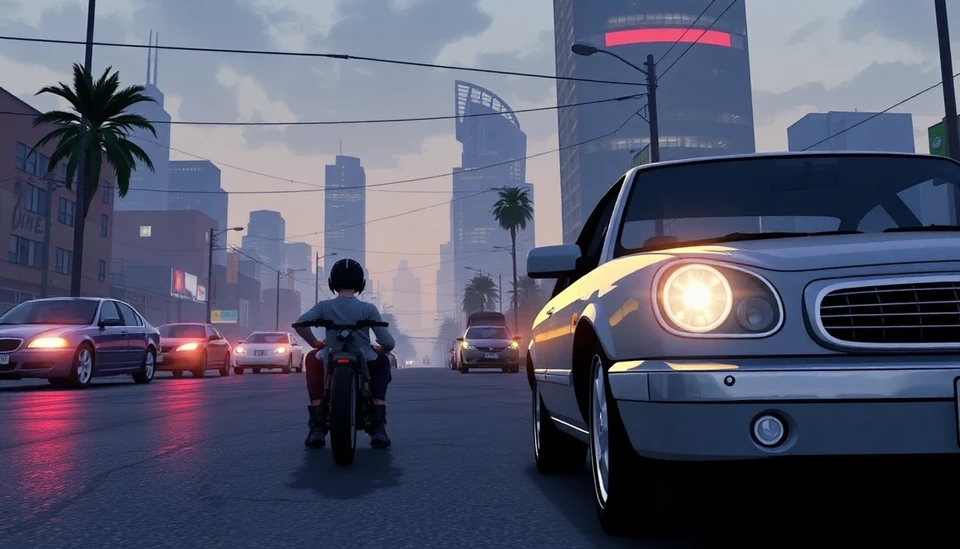
In recent years, a disturbing trend has surfaced across major urban centers in the United States, with a surge in violent carjacking incidents often attributed to teenage criminal gangs. This alarming rise has not only left communities shaken but has also prompted law enforcement agencies to rethink their strategies in combating these crimes. The phenomenon has sparked discussions around the role of video games, such as Grand Theft Auto (GTA), in influencing real-life behaviors among the youth.
Statistics show that carjackings have increased dramatically, especially in cities like Chicago, New York, and Los Angeles. Local crime reports indicate that these gangs are increasingly using social media to coordinate their criminal activities, drawing in young recruits who seek fame and thrills reminiscent of their favorite video games. The allure of high-speed chases and the adrenaline rush associated with crime is mirrored in the lives of these impressionable youths, leading them to engage in reckless and dangerous behavior.
Experts argue that the blend of peer pressure and the glamorization of criminality in digital platforms and video games has created a perfect storm, wherein adolescents feel empowered to act out their fantasies in real life. The connection between video game culture and carjacking is a hotly debated topic, with some labeling it as just another scapegoat for societal issues, while others stand firm on its impact as a contributing factor in desensitizing young people to violence.
In light of this crisis, police departments are taking innovative measures to curb the trend. Initiatives include increased patrolling in high-risk areas, community engagement programs aimed at deterrence, and partnerships with local organizations to provide at-risk youth with positive alternatives. Moreover, law enforcement is leveraging technology by employing surveillance systems to track and identify gang activities more effectively.
Furthermore, parents are urged to play an active role in their children's lives, stressing the importance of communication. Encouraging open discussions about the consequences of crime and the glamorization of such behavior in the media may help steer young individuals away from following destructive patterns. Schools and community centers are also stepping up efforts to engage youths in constructive activities that can foster a sense of belonging and purpose, away from the lure of gangs.
The implications of these trends also extend beyond the criminal justice system, raising questions about societal values, parental guidance, and the responsibilities of media platforms. Advocates for crime prevention are hopeful that by fostering a community-oriented approach, educating young people about the harsh realities of crime, and addressing the root causes of such behaviors, there might be a pathway to reducing the prevalence of gang-related carjackings.
As cities grapple with this escalating issue, it becomes evident that a comprehensive response involving law enforcement, families, and communities is vital. The challenge continues to be not just to combat crime but to change the narratives that entice youth into a lifestyle that mirrors the violence they play through on their screens.
In conclusion, the rise of teenage carjacking gangs mirrors the chaotic yet thrilling world of video games like GTA, but the harsh reality is that such actions lead to real harm. Stakeholders must combine efforts to break the cycle of violence and prevent future generations from becoming ensnared in a dangerous game.
#TeenCarjacking #UrbanCrime #Carjackings #VideoGamesImpact #Gangs #CommunitySafety #CrimePrevention #YouthEngagement
Author: Daniel Foster




